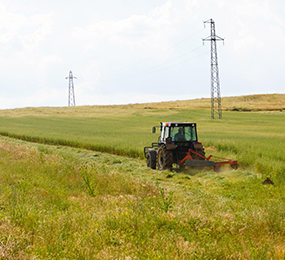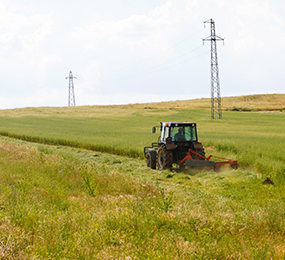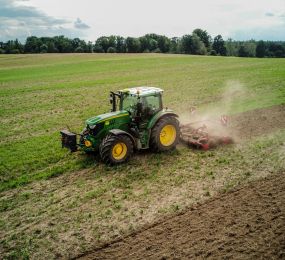Retrofitting existing Non-Road Mobile Machinery (NRMM) with electric drivetrains is emerging as a cost-effective solution for industries looking to reduce emissions and transition towards more sustainable operations. Rather than purchasing entirely new electric machinery, retrofitting allows companies to upgrade their current equipment with electric powertrains, providing a second life to machinery while meeting environmental and operational goals.
Benefits of Retrofitting with Electric Drivetrains:
One of the primary benefits of retrofitting existing NRMM is the potential for significant reductions in greenhouse gas emissions and air pollutants. By replacing internal combustion engines with electric drivetrains, industries can eliminate harmful exhaust emissions, improve air quality, and contribute to climate change mitigation.
Another advantage is the cost savings associated with extending the life of existing equipment. Retrofitting allows companies to avoid the high upfront costs of purchasing new electric machinery, while still gaining the benefits of electrification. Additionally, electric drivetrains have fewer moving parts than diesel engines, resulting in lower maintenance costs and less downtime.
Retrofitted machinery also delivers enhanced performance. Electric drivetrains offer smoother power delivery, instant torque, and improved energy efficiency, making the machinery more responsive and easier to operate. This can be especially beneficial for applications that require precise control, such as construction, mining, and material handling.
Challenges of Retrofitting:
Despite its advantages, retrofitting existing NRMM with electric drivetrains comes with challenges. The complexity of the retrofitting process may vary depending on the age, condition, and type of machinery. For example, older equipment may not be compatible with modern electric systems without extensive modifications. Additionally, the cost of retrofitting can still be substantial, especially for large or highly specialized machinery.
Furthermore, retrofitted equipment requires access to a reliable charging infrastructure to ensure continuous operation, which can be a challenge in remote or off-grid locations.
Conclusion:
Retrofitting existing NRMM with electric drivetrains presents an exciting opportunity for industries to reduce emissions, enhance performance, and cut operating costs. While there are challenges, the long-term environmental and financial benefits make retrofitting a promising path toward sustainable industrial operations. As technology continues to advance, more machinery is likely to be retrofitted, helping industries transition toward a cleaner and greener future.
For more details and registration information, visit https://www.leadventgrp.com/events/2nd-annual-non-road-mobile-machinery-electrification-and-decarbonization-forum/details.
For more information and group participation, contact us: [email protected]
















